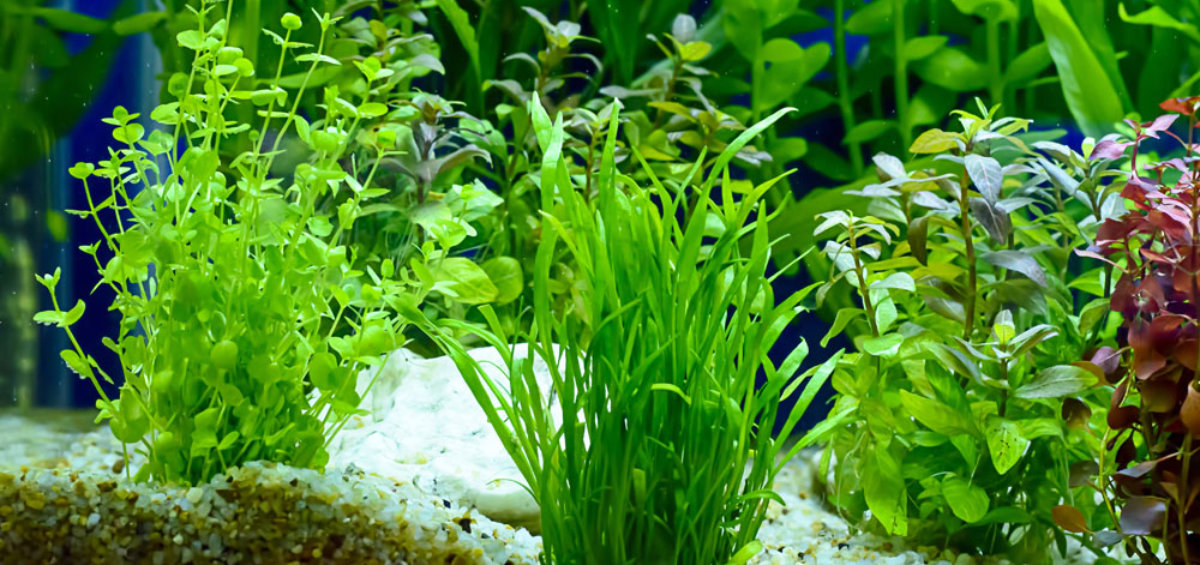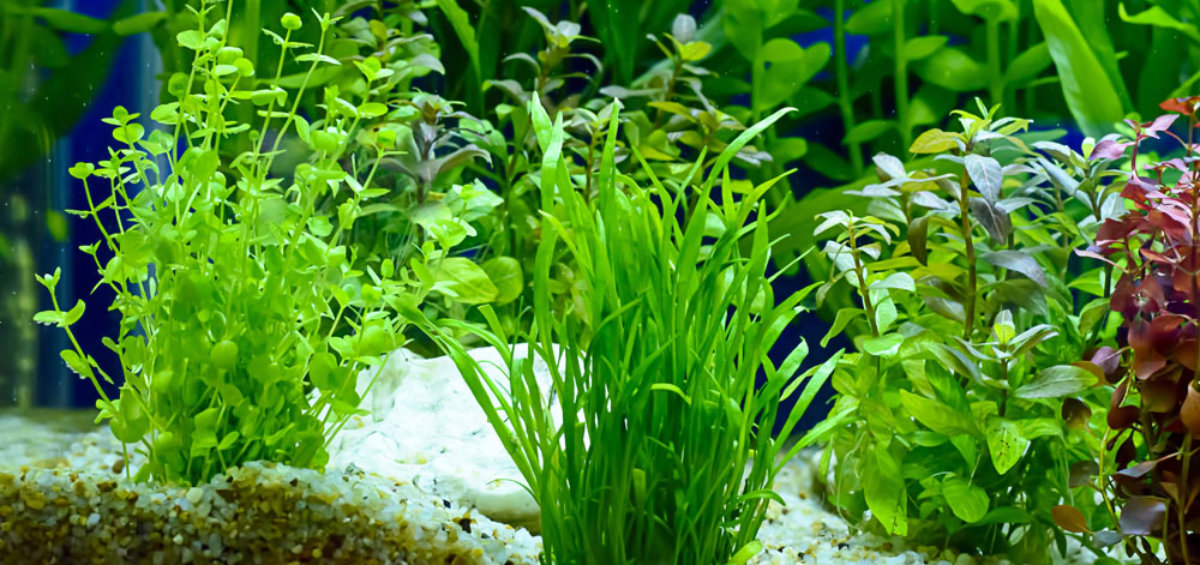Types of Aquatic Plants
Aquatic plants can be broadly classified into four categories: submerged, floating, emergent, and algae.
Submerged plants, such as eelgrass and pondweed, grow entirely underwater. They are vital for oxygenating the water and providing habitat for fish and invertebrates. Floating plants, like water lilies and duckweed, float on the water's surface, offering shade and reducing water temperature, which helps control algae growth.
Emergent plants, such as cattails and bulrushes, have roots in the water but grow above the surface, providing food and nesting sites for birds and other wildlife. Algae, while often considered a nuisance, are a fundamental part of the aquatic food web, serving as a primary food source for many small aquatic organisms.
Benefits of Aquatic Plants
Aquatic plants are crucial for maintaining water quality. They absorb excess nutrients like nitrogen and phosphorus, which are often the result of agricultural runoff and can cause harmful algal blooms. By taking up these nutrients, aquatic plants help to prevent the eutrophication of water bodies, ensuring a healthy and balanced ecosystem.
Additionally, aquatic plants stabilize sediment at the bottom of water bodies. Their roots bind the soil, reducing erosion and preventing the resuspension of sediments. This stabilization is essential for maintaining water clarity and preventing the disruption of habitats for bottom-dwelling organisms.
Aquatic plants also play a significant role in the carbon cycle. They absorb carbon dioxide during photosynthesis, which helps to mitigate the effects of climate change. By storing carbon in their biomass and the sediments they stabilize, aquatic plants act as carbon sinks, contributing to the reduction of greenhouse gases in the atmosphere.
Habitat and Biodiversity
One of the most critical functions of aquatic plants is providing habitat and food for a diverse range of wildlife. Fish, amphibians, invertebrates, and birds rely on aquatic plants for shelter, breeding grounds, and food. For instance, the dense underwater foliage of submerged plants offers a safe haven for young fish and other small creatures, protecting them from predators.
Floating plants, with their broad leaves, create a unique microhabitat on the water’s surface. These plants support a variety of insects and other invertebrates, which in turn attract birds and other predators, creating a complex and interdependent food web.
Emergent plants are particularly important for birds. Many bird species use the tall stems of emergent plants for nesting and as perches to hunt for food. plants that grow in water These plants also provide materials for nest building and are a source of food for herbivorous birds.
Challenges and Conservation
Despite their importance, aquatic plants face numerous challenges. Pollution, invasive species, habitat destruction, and climate change all threaten the health and diversity of aquatic plant communities. Invasive species, such as water hyacinth and Eurasian watermilfoil, can outcompete native plants, leading to monocultures that reduce biodiversity and alter ecosystem functions.
Conservation efforts are essential to protect and restore aquatic plant habitats. This includes reducing pollution, managing invasive species, and restoring natural water flow regimes. By protecting aquatic plants, we ensure the health and resilience of our water ecosystems for future generations.






Comments